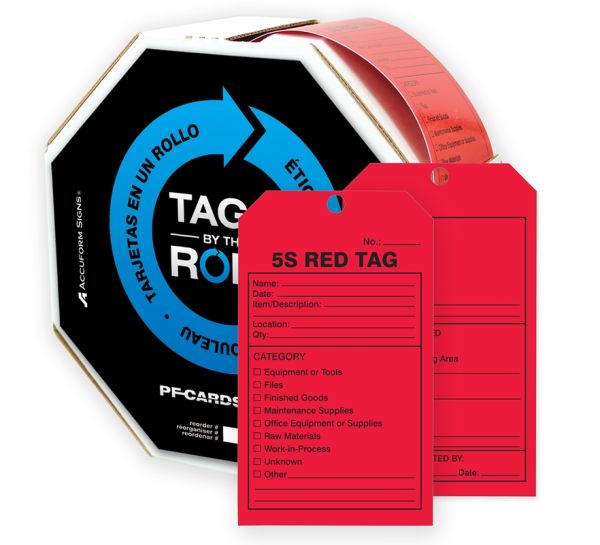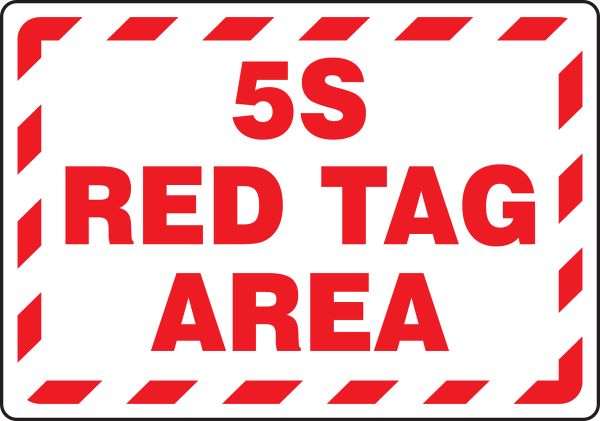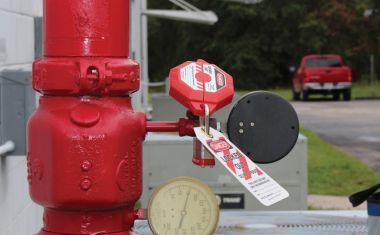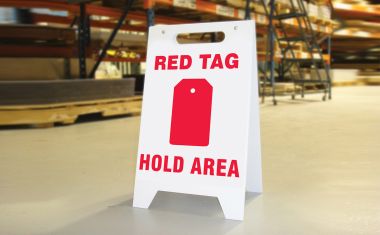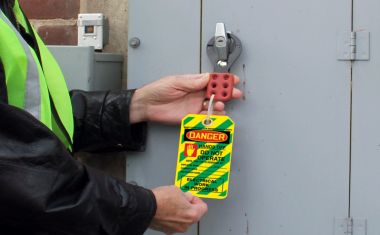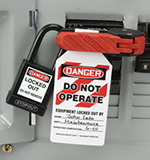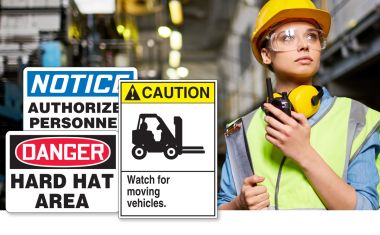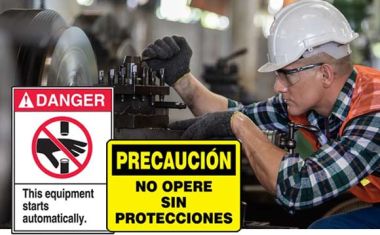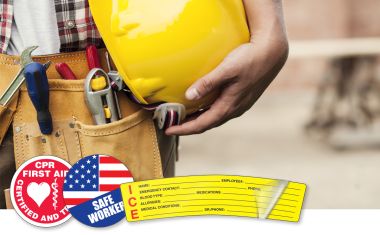5S Red Tag Strategy -
Implementation at Your Facility
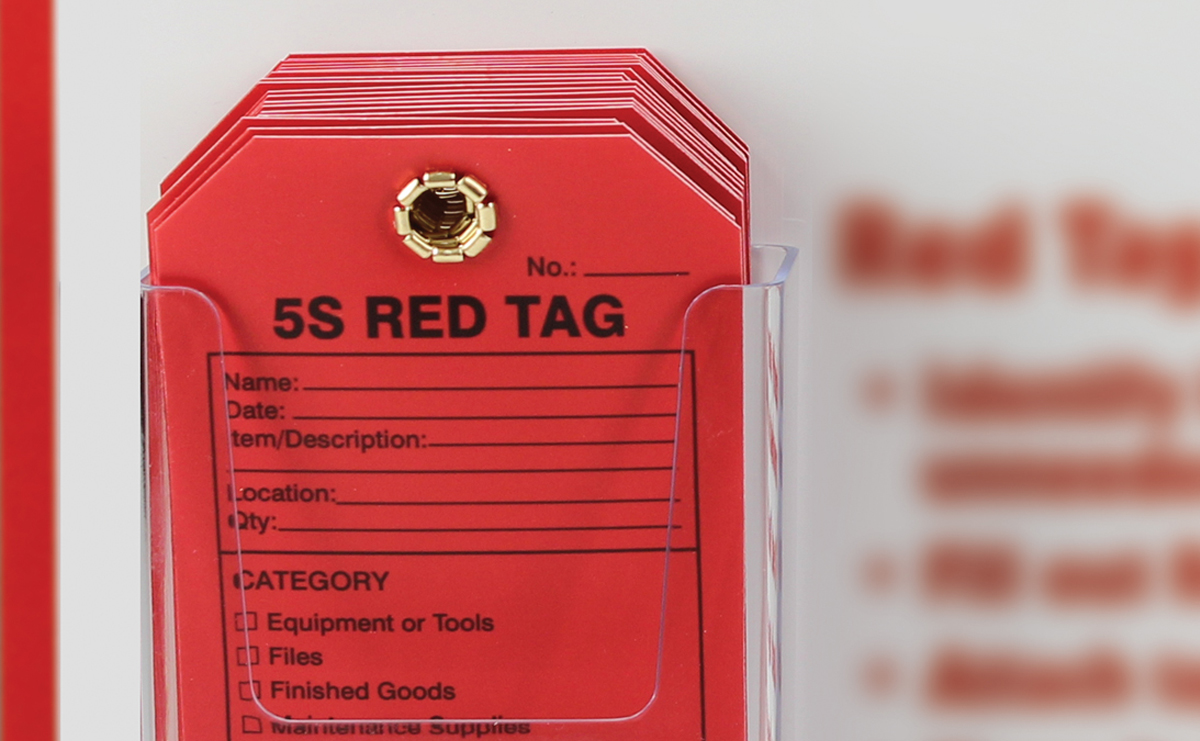
The 5S's are a continuous improvement methodology started in Japan after World War 2 and mastered by Toyota. When transliterated from the original Japanese, the 5S's stand for sorting, setting in order, shining, standardizing, and sustaining the discipline in any environment, specifically in the workplace.
The Red Tag Strategy in 5s is implemented in the first phase, or sorting phase, of any implementation. Its effects are seen immediately throughout any facility with little or no cost, helping to improve reduce inventory, clerical efficiency, and increase productivity throughout.
One reason this strategy is so important is that workers tend to "personalize" or get attached to tools and equipment. They often have a hard time determining what is necessary for the production cycle of the product and what is not. There is a natural tendency to want to keep tools and other equipment around "just in case".
Another reason is that some manufacturing facilities or plants have been around for a long time; some maybe 100 years old or older. If there are several shifts working for many years, and many workers throughout that time, different people may hang on to different items. Accumulation can happen quickly or slowly over a long time period of time, but it happens.
The Japanese word for "red" is "dirt". To remove dirt from a factory helps for several reasons (some obvious) but in this sense, it's for sorting and removal of unnecessary items. Red tags are easily noticed, like stop signs, and help employees realize just how much clutter can be accumulated and just how much space gets wasted over time.
Target places in the factory for this aspect of sorting include inventory, machinery and equipment, and space in general such as floors and shelving. Establish a criterion prior to the implementation of the process, and then fill out the tag properly for inventory purposes, or the item is simply thrown away.
Steps To Implement the 5s Red Tag Strategy
An important part of any 5s Strategy is rearranging items to maximize efficiency. This means removing unnecessary items. Implementing the 5s Red Tag Strategy is relatively simple, provided these steps are followed.
- Create a Red Tag Register. This contains information about each Red, such as tag number, category, and classification.
- Create and Identify a local Red Tag area and a central Red Tag area. Mark off an area close to the job site and designate it as a place to store Red Tagged items. Mark off an area in a central location in your building or site and designate it as a place to store Red Tagged items that haven't been used for two weeks.
- Identify items that are unneeded or misplaced. Go through items at a workstation and identify if the item has a use, how often it is used, and if it is in the way.
- Fill out the Red Tag completely and log the Red Tagged item in the Red Tag Register.
- Move items to the local Red Tag Area for around two weeks.
- Move items to the central Red Tag Area. After two weeks of not using an item in the local area, remove items and place them in the central area. After a predetermined time, things in the central Red Tag area may be sold, discarded, or moved into storage.
Using this 5s Red Tag strategy makes it possible to keep work areas clean and tools easy to find.
Like spring and fall cleaning, a good Red Tag Strategy launches no less than twice a year, and the best implementation will be ongoing. The period lasts one to two months based on how many campaign projects have already been implemented. Red tags should be attached by workers outside of their normal departments, so they have a fresh eye to an area, and no personal ties to those specific tools and equipment.
For more information on the Red Tag Strategy and 5S in general, read the 5 Pillars of the Visual Workplace, The Sourcebook for 5S Implementation. Other notable products associated with the red tag strategy may be Red Tags By-The-Roll and Red Tag Area signs and centers.
